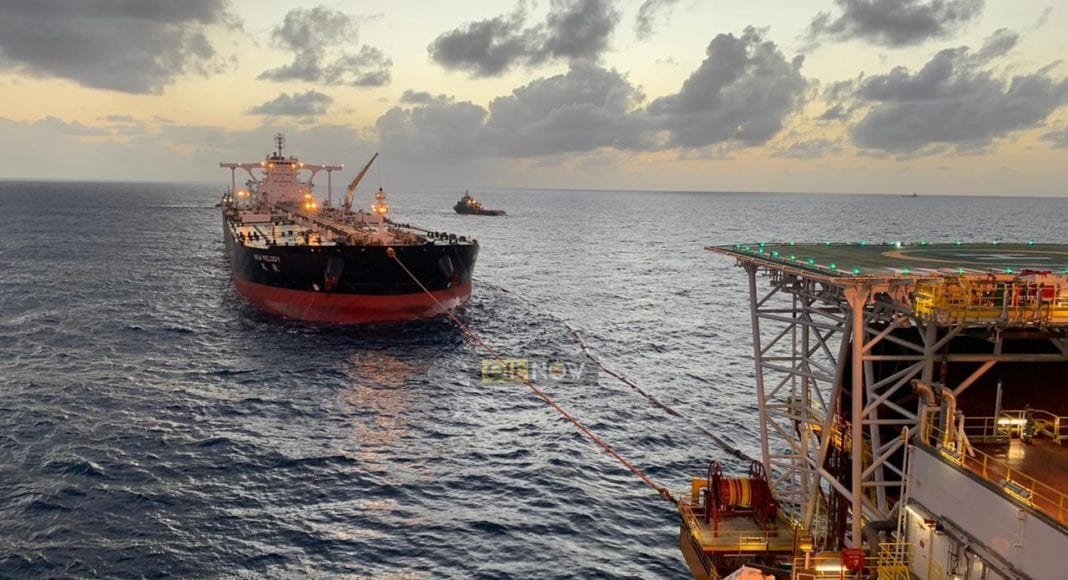In an October 7 report, Westwood Global Energy Group warned that 2025 is shaping up as a turbulent year in the global oil and gas sector, with soft demand and surging supply threatening to unbalance the market.
Westwood points out that consumption has “underperformed”, prompting “repeated downward revisions in demand forecasts”. Simultaneously, the rollback of voluntary OPEC+ production cuts has added nearly three million barrels of oil equivalent per day to global supply. That influx, combined with seasonally weak demand and rising output in the Americas, raises the risk of oversupply over the next 12 months, according to the report.
Production across the Americas is forecast to reach 63 million barrels of oil equivalent per day (mmboe/d) by 2031, a 7% increase from 2024. The United States is expected to remain the dominant producer in the region, accounting for 63% of total output between 2025 and 2031. In Brazil, offshore liquids production is projected to grow 28% from 2024 levels, reaching 4.3 million barrels per day by 2031. And then there’s Guyana, which has been accelerating its rise as one of the hemisphere’s fastest-growing offshore producers. Westwood pointed out that ExxonMobil, which leads development in the Stabroek Block, already has four FPSOs in operation.
With global operators scrambling to respond, European supermajors are adjusting their posture. The firm notes that while “decarbonisation remains central,” there is a renewed emphasis on “disciplined oil and gas investment and cost efficiency”. This recalibration reflects the delicate balance firms must strike between managing climate ambitions and preserving financial resilience amid a volatile commodities backdrop.
Despite headwinds in traditional upstream sectors, Westwood sees sustained opportunity in offshore engineering, procurement, construction and installation (EPCI). After a dip in 2025, the group forecasts that offshore oil and gas investment will average US$57 billion annually from 2026 to 2029. That said, offshore wind is expected to remain the dominant destination for EPCI spending. The report cautions that lower oil prices and inflated supply chain costs are squeezing upstream cash flows and margins, driving sharper internal focus on cost control.
One looming concern is the state of offshore fleets. Westwood warns, “Aging offshore fleets present a critical challenge. Lower dayrates are making it difficult to replace rigs and vessels, potentially impacting project efficiency and emissions management.” In an environment of tighter margins, older assets may struggle to compete.



